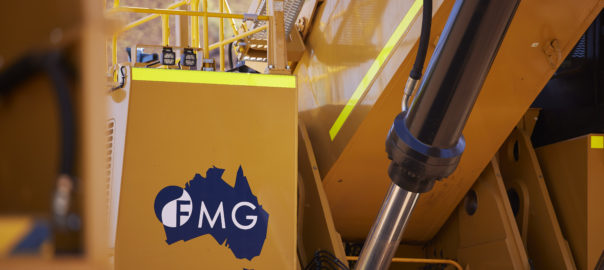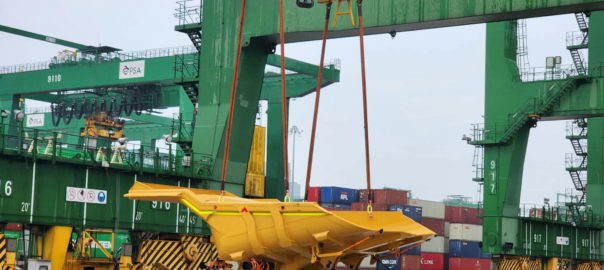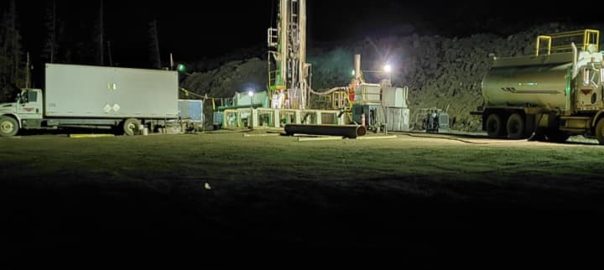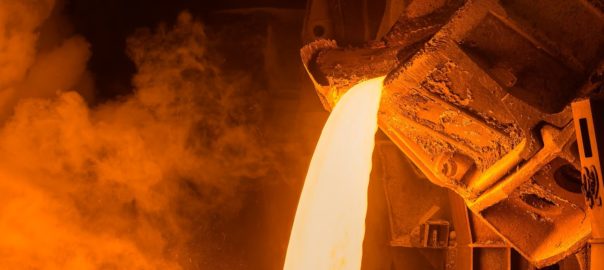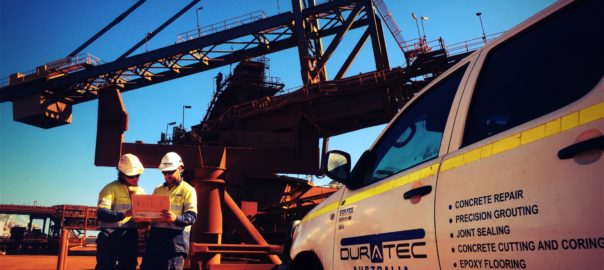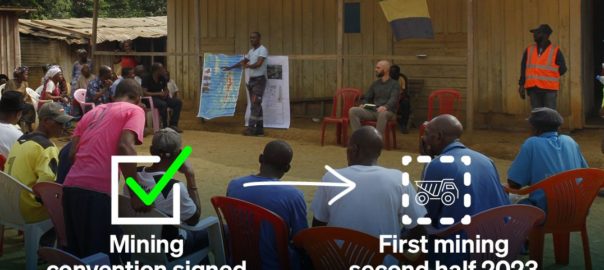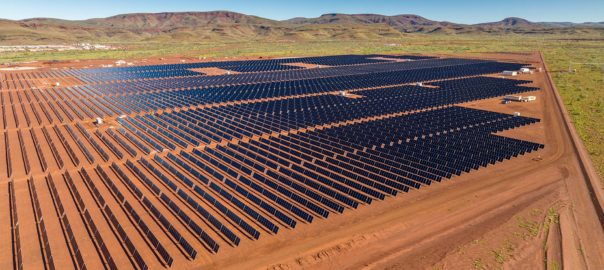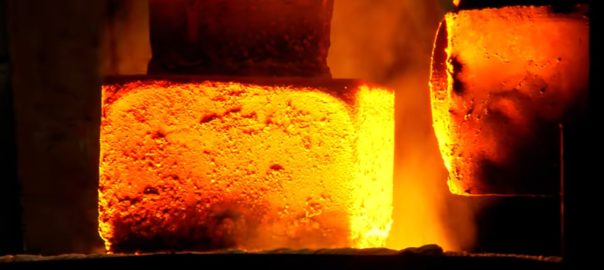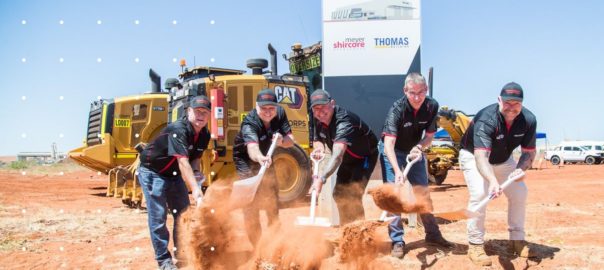Fortescue Metals Group has reported that the first wet concentrate has been produced from the ore processing facility at the Iron Bridge Magnetite Project, ahead of being pumped to Port Hedland in Western Australia.
After managing weather impacts on activity and infrastructure at the site, the company has now reached the wet concentrate milestone, Fortescue confirmed in its March quarter results, released today.
The concentrate was produced on April 22, 2023, ahead of being pumped to Port Hedland. Iron Bridge is set to deliver 22 Mt/y of high grade 67% Fe magnetite concentrate, with the total project capital estimated at $3.9 billion, with Fortescue’s share approximately $3 billion.
During the quarter, the project achieved key milestones, including:
- Load commissioning of Crushing Circuit A, including the commissioning of the Coarse Ore Stockpile Stacker;
- Completion of Dry Plant Circuit A and continued construction on Dry Plant Circuit B, together with continued commissioning activities in the Wet Plant;
- Continued progress on the installation and testing of the concentrate and return water pipelines, with welding completed and pipelines buried;
- Water testing was conducted on the Concentrate Handling Facility at Port Hedland ahead of first production.
Fortescue Metals Chief Executive Officer, Fiona Hick, said: “This is a significant milestone for Fortescue as Iron Bridge represents our entry into the highest grade segment of the iron ore market, providing an enhanced product range while also increasing production and shipping capacity. It demonstrates our strong track record of successfully delivering complex projects safely.”







